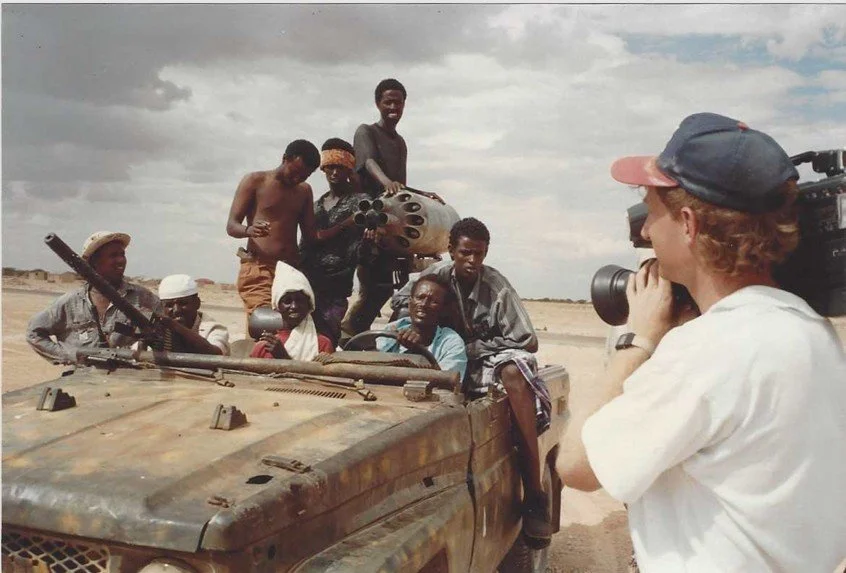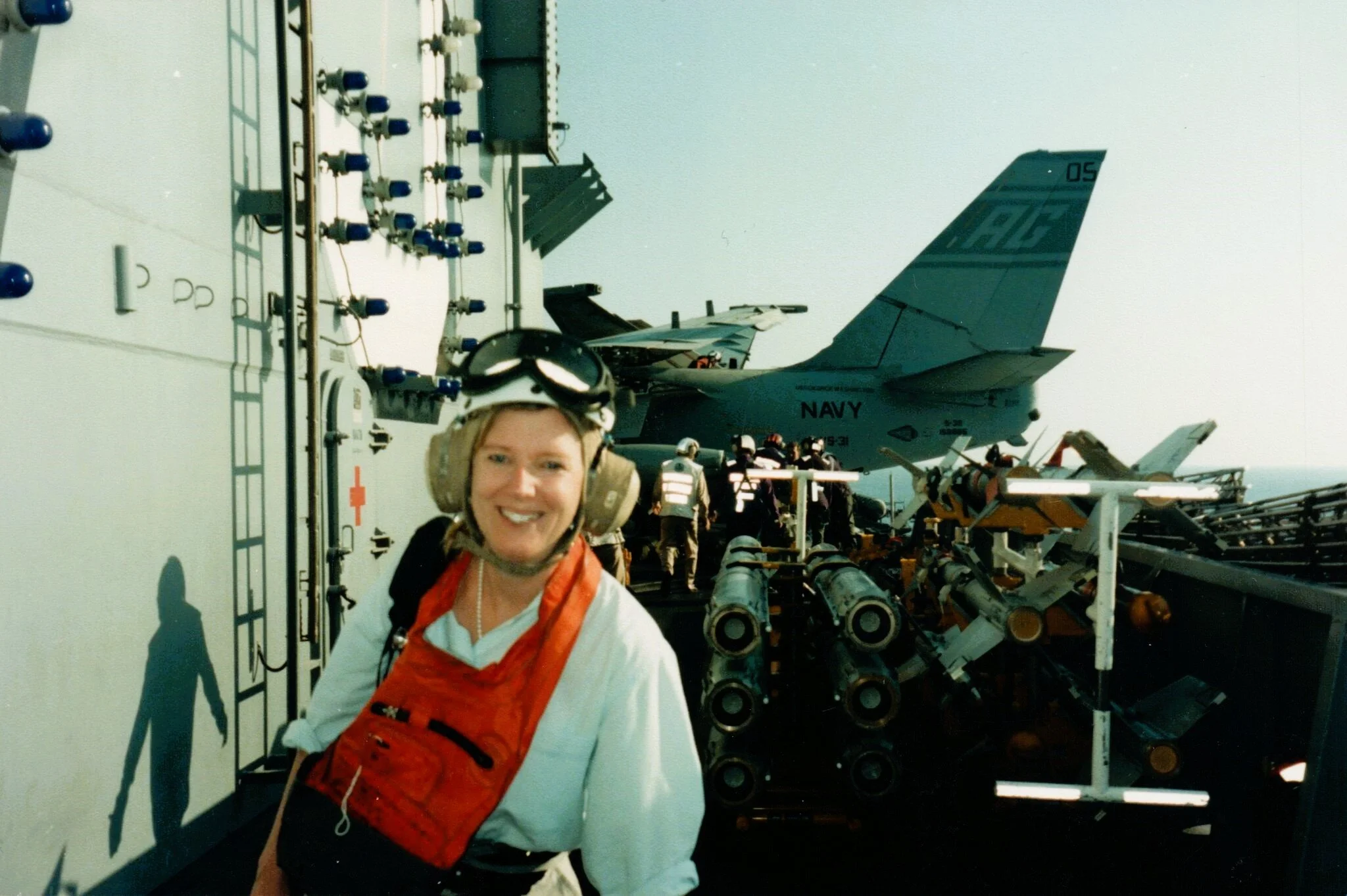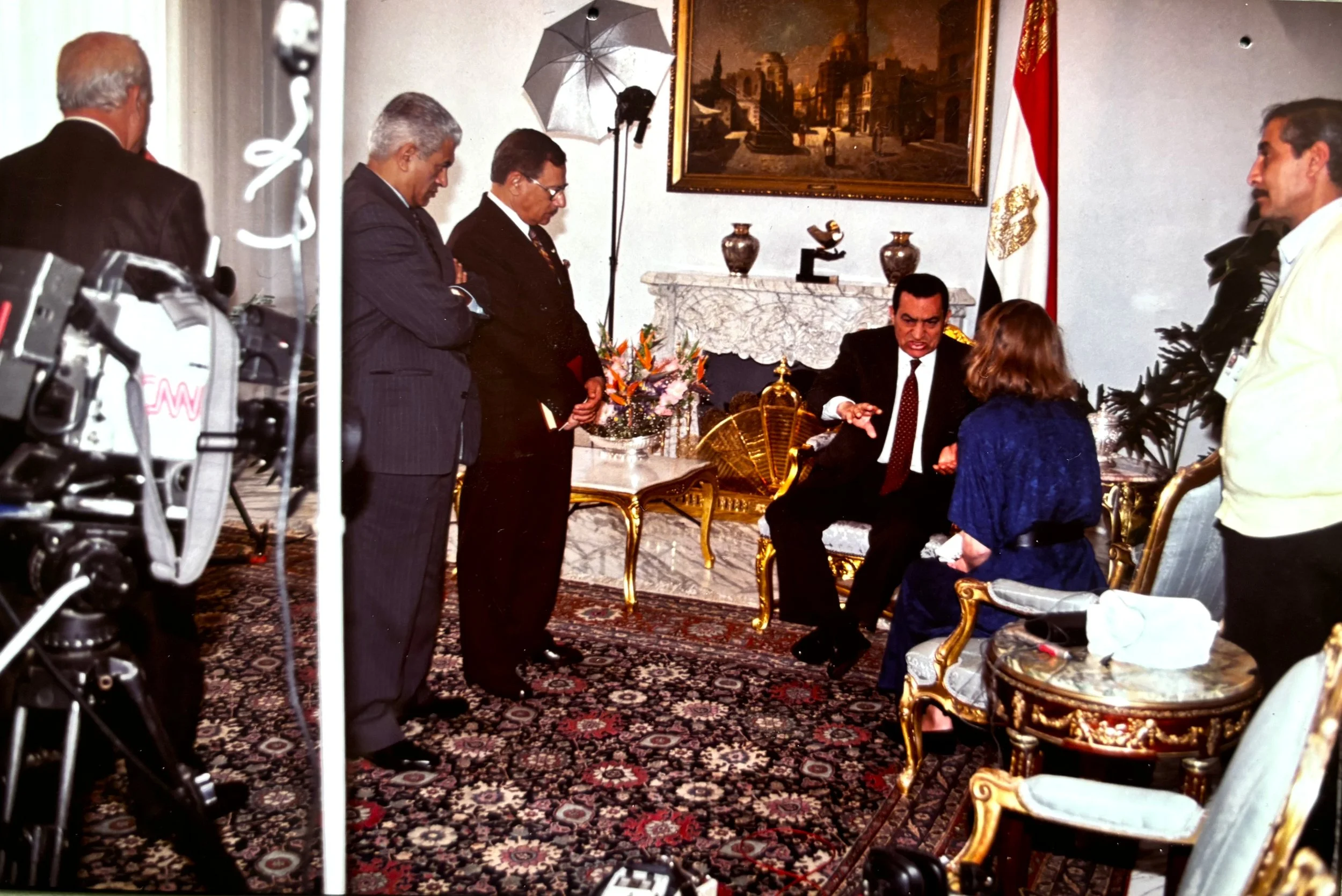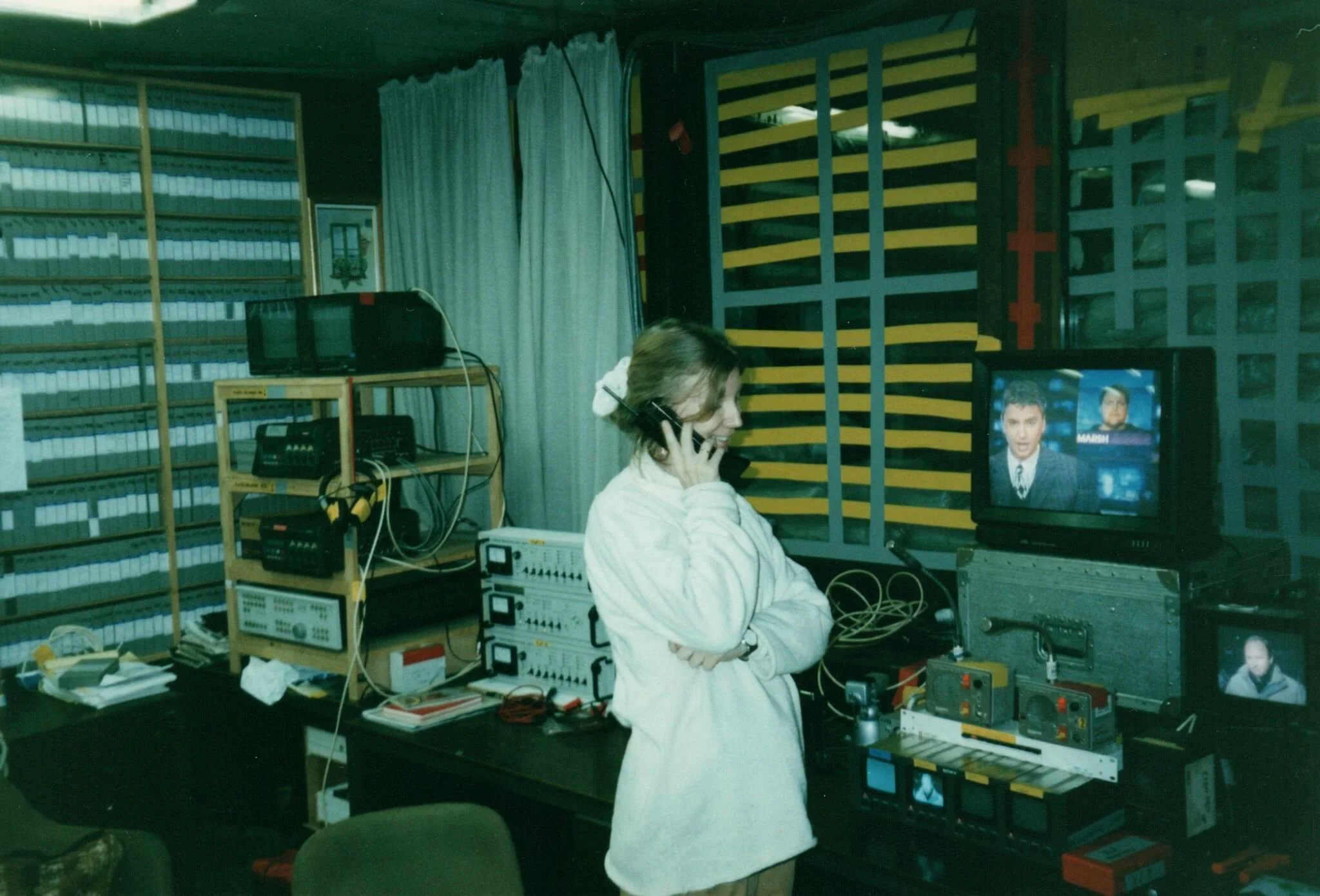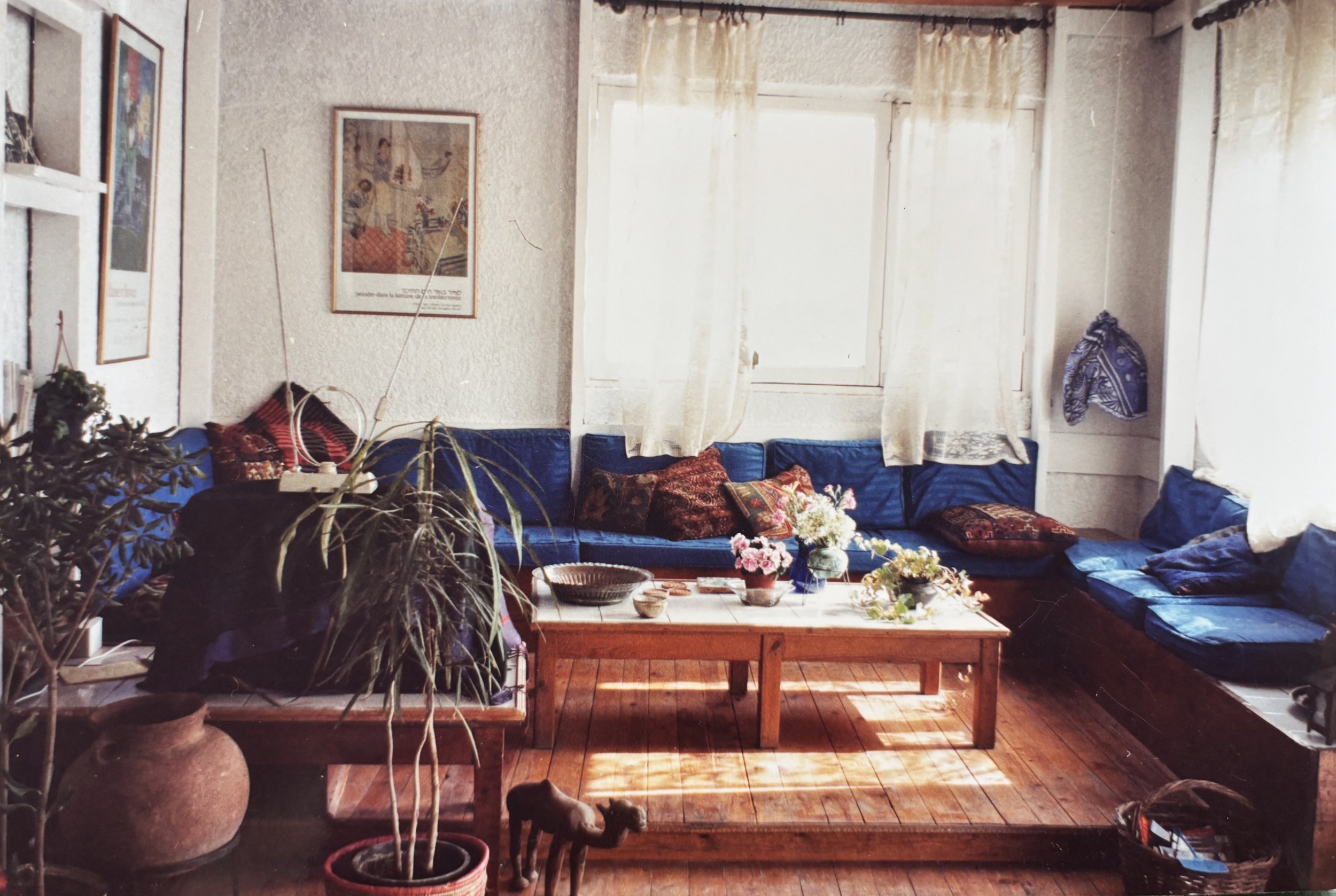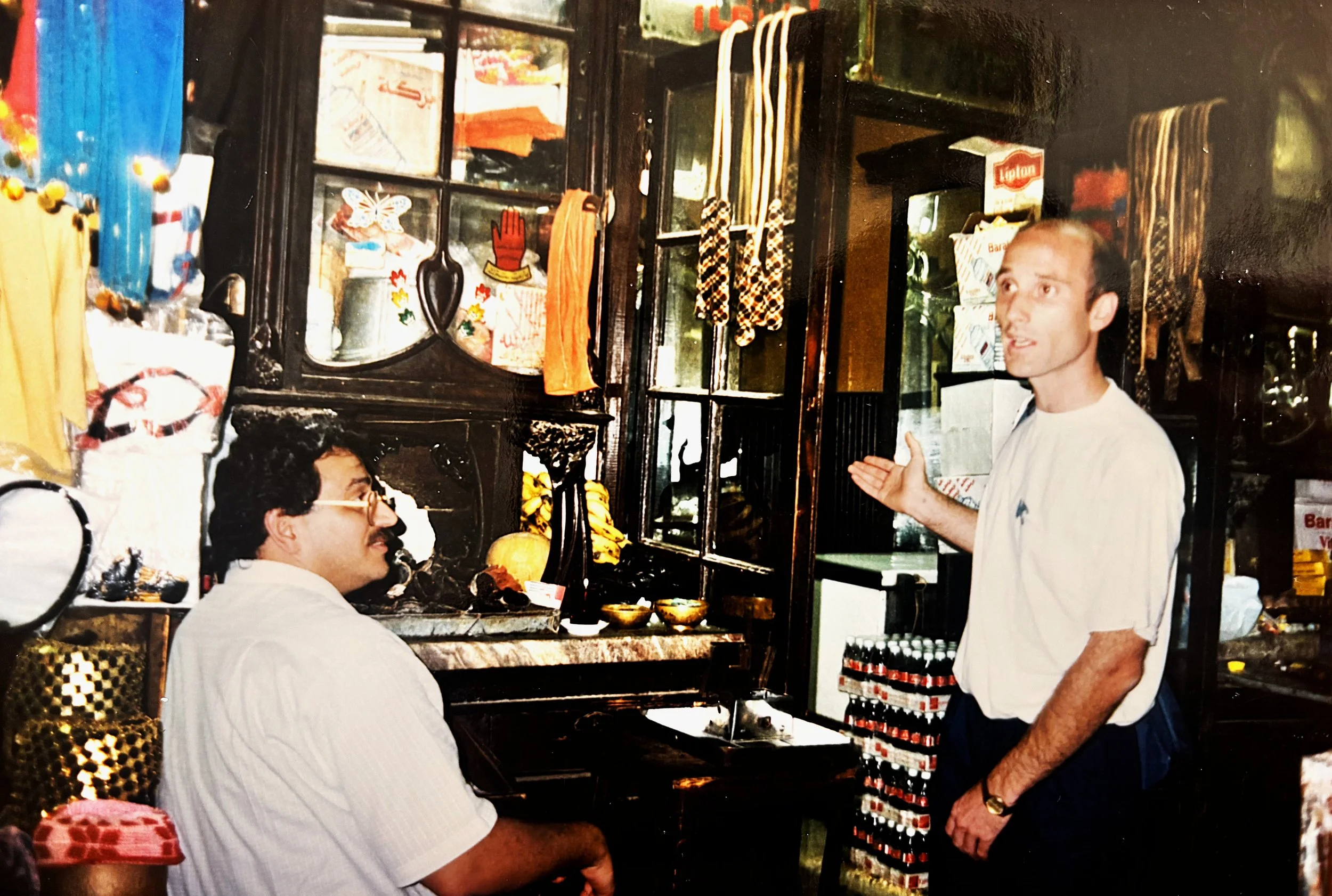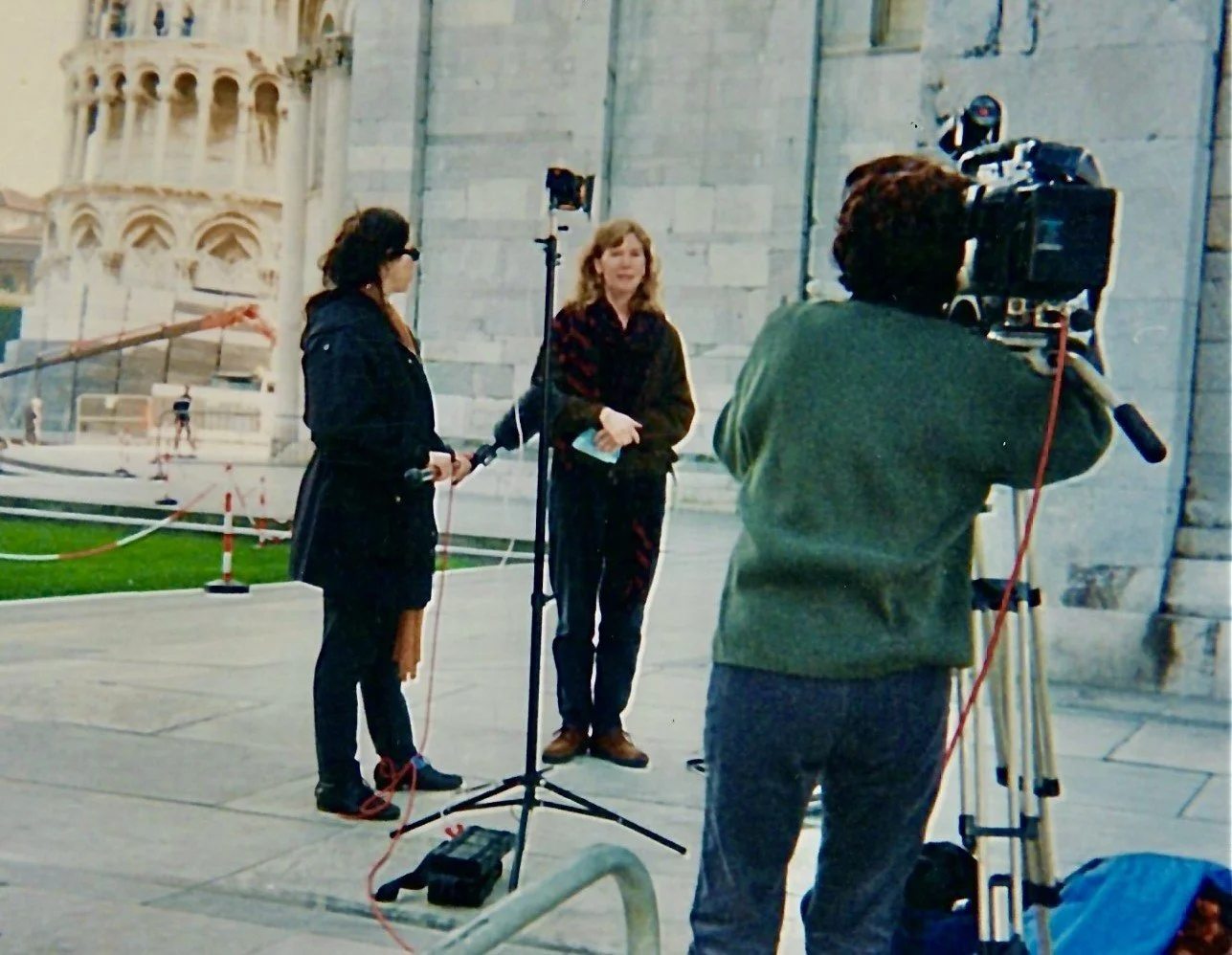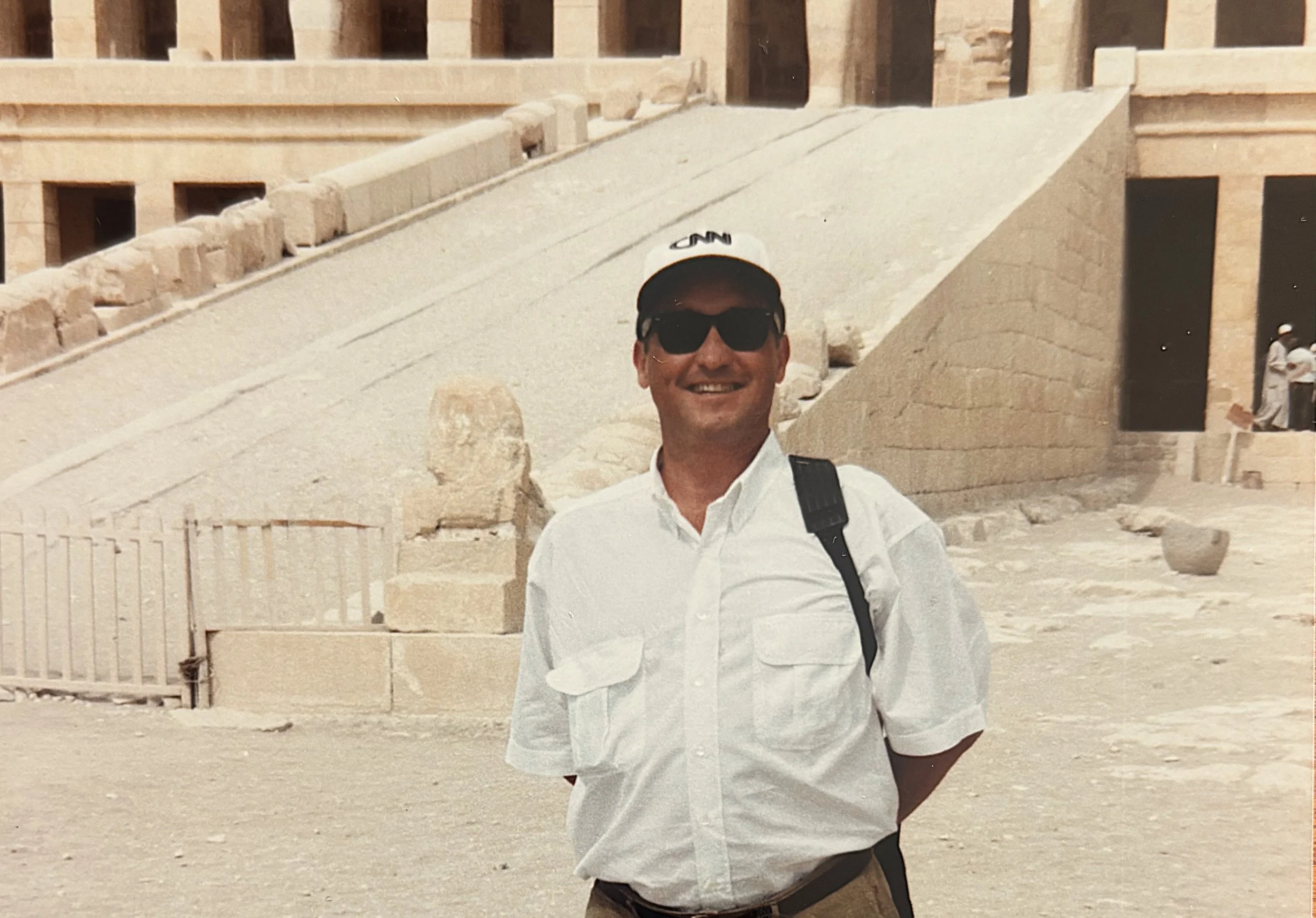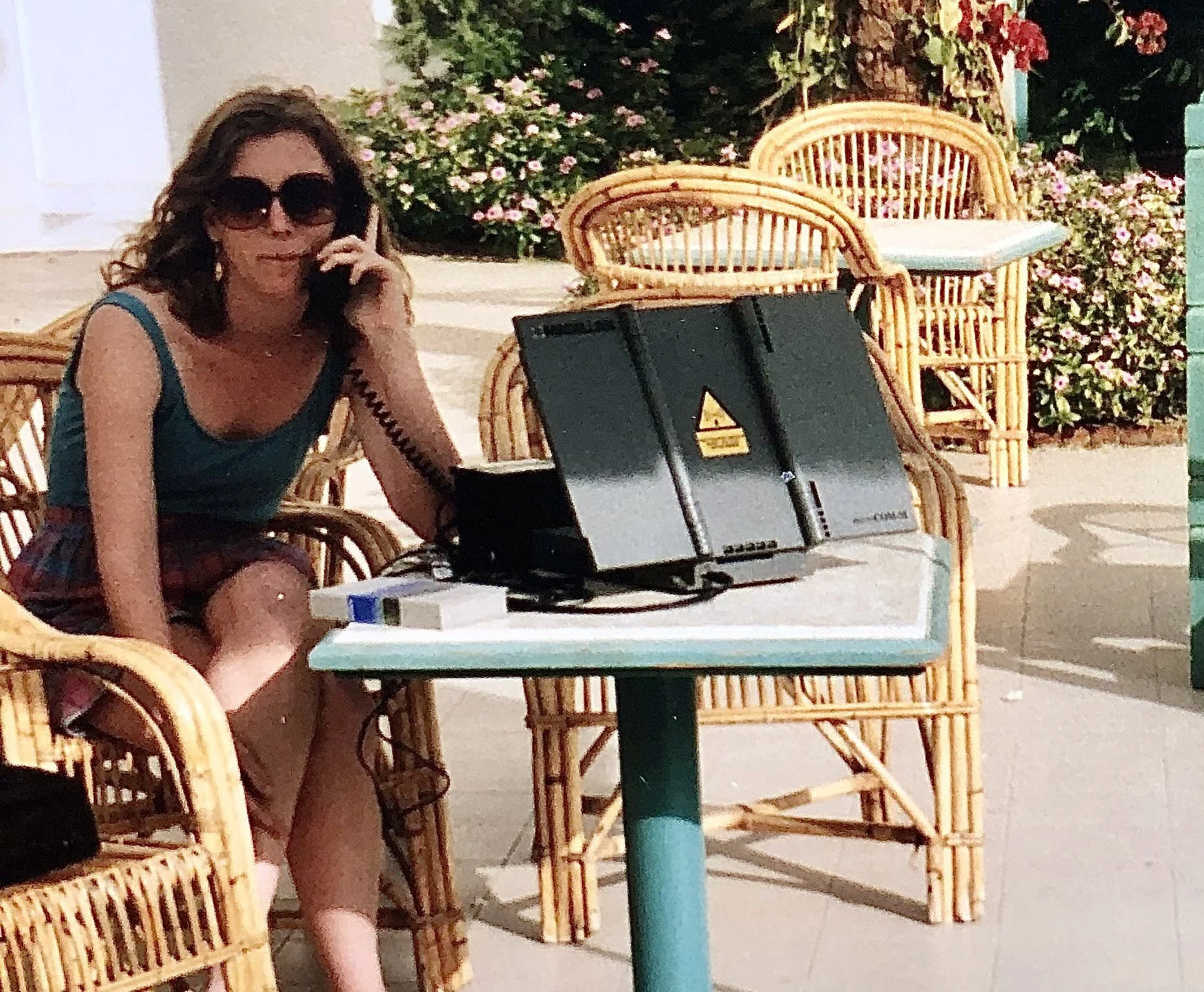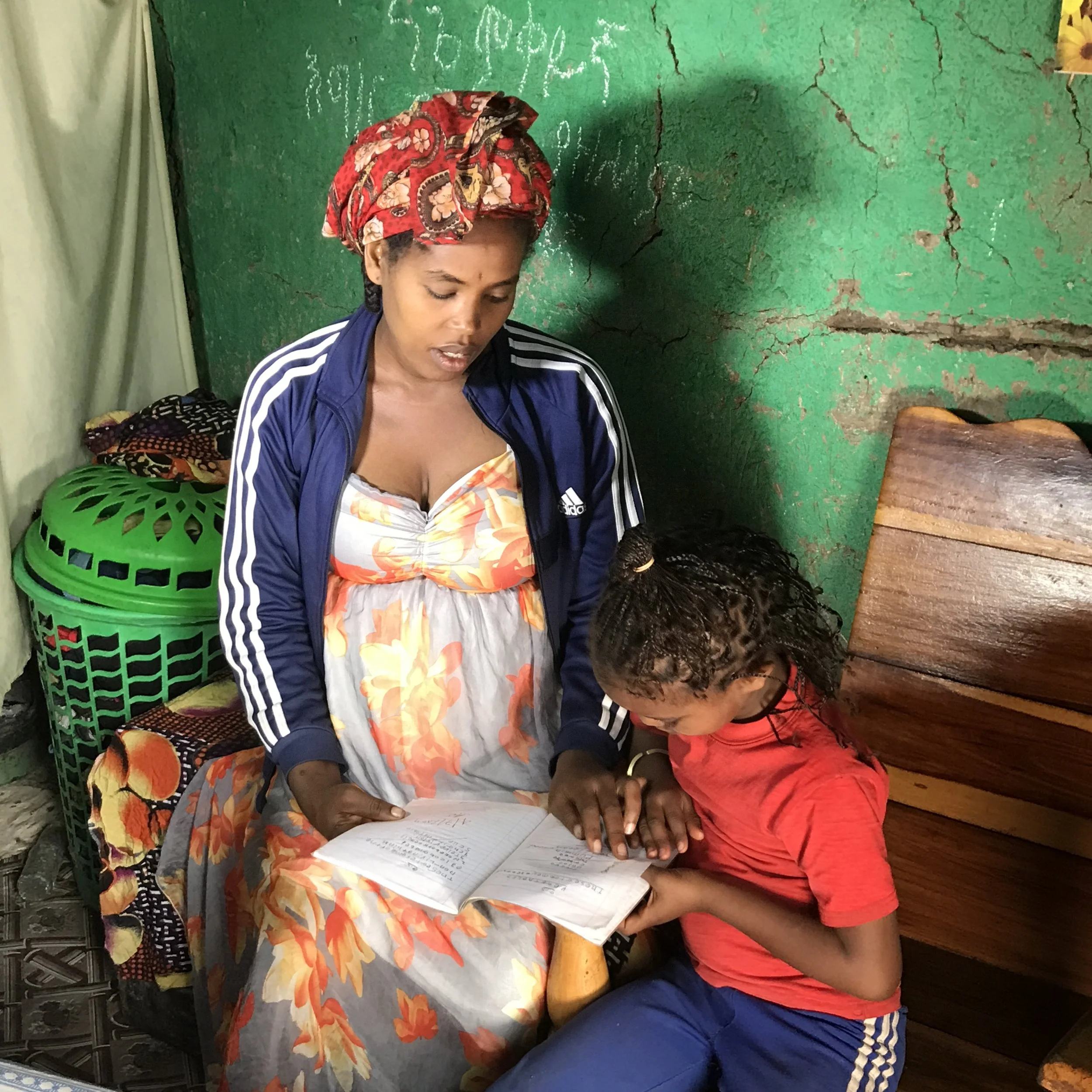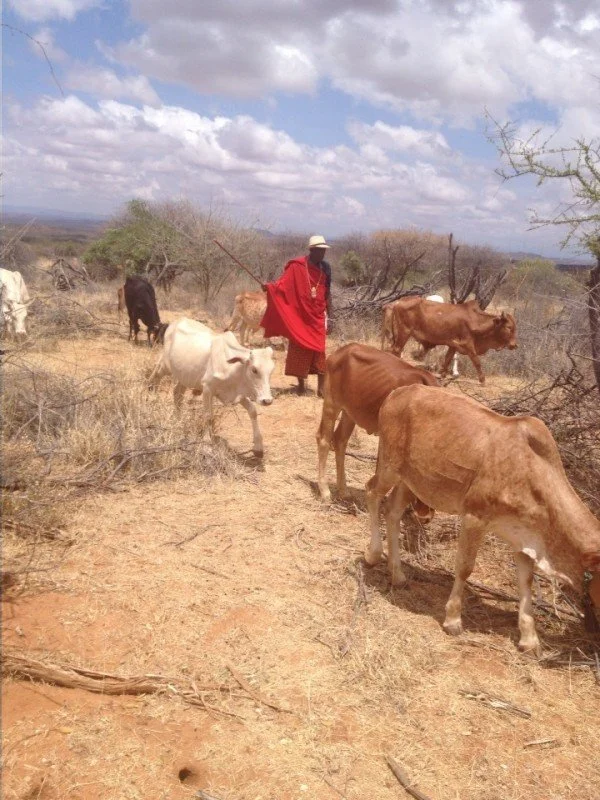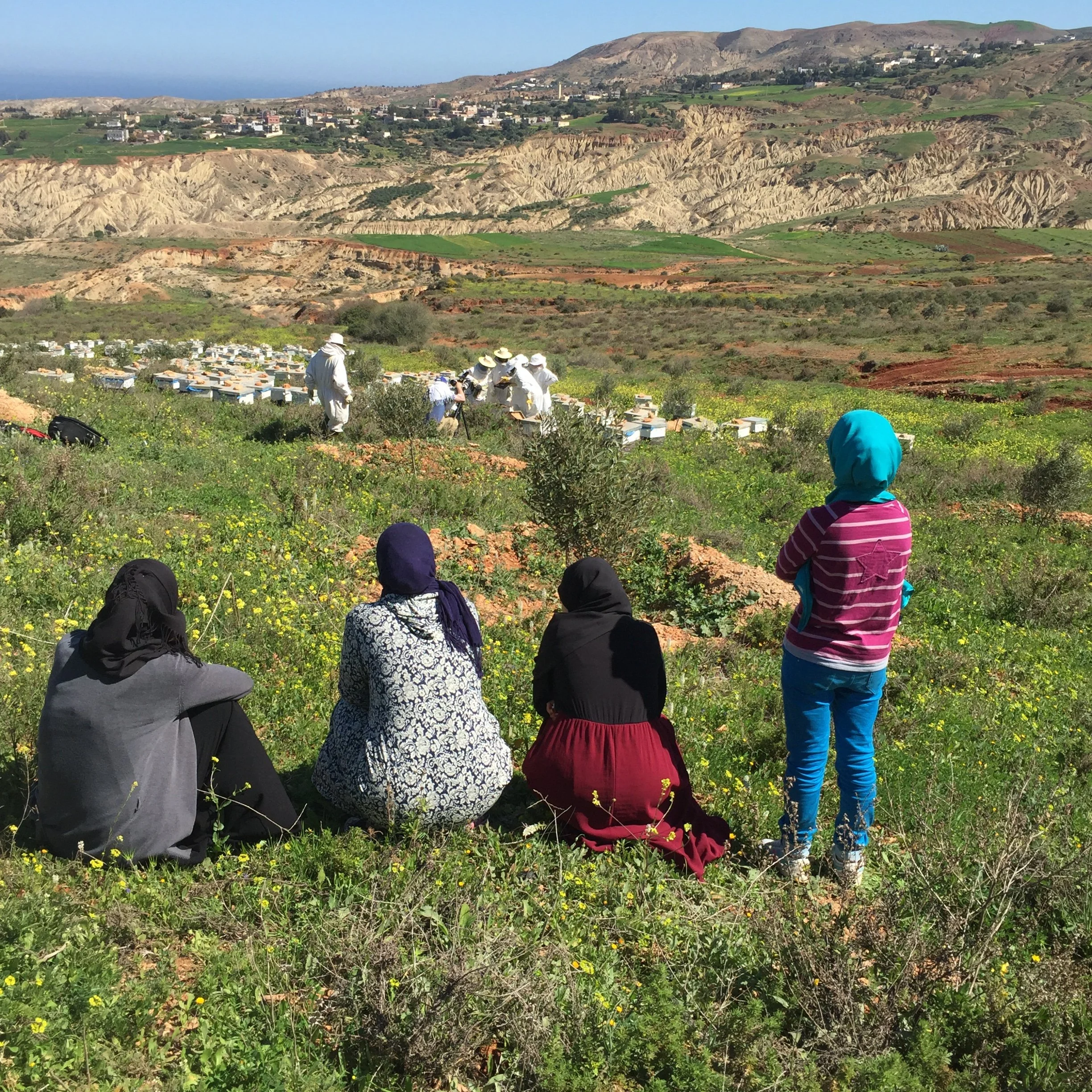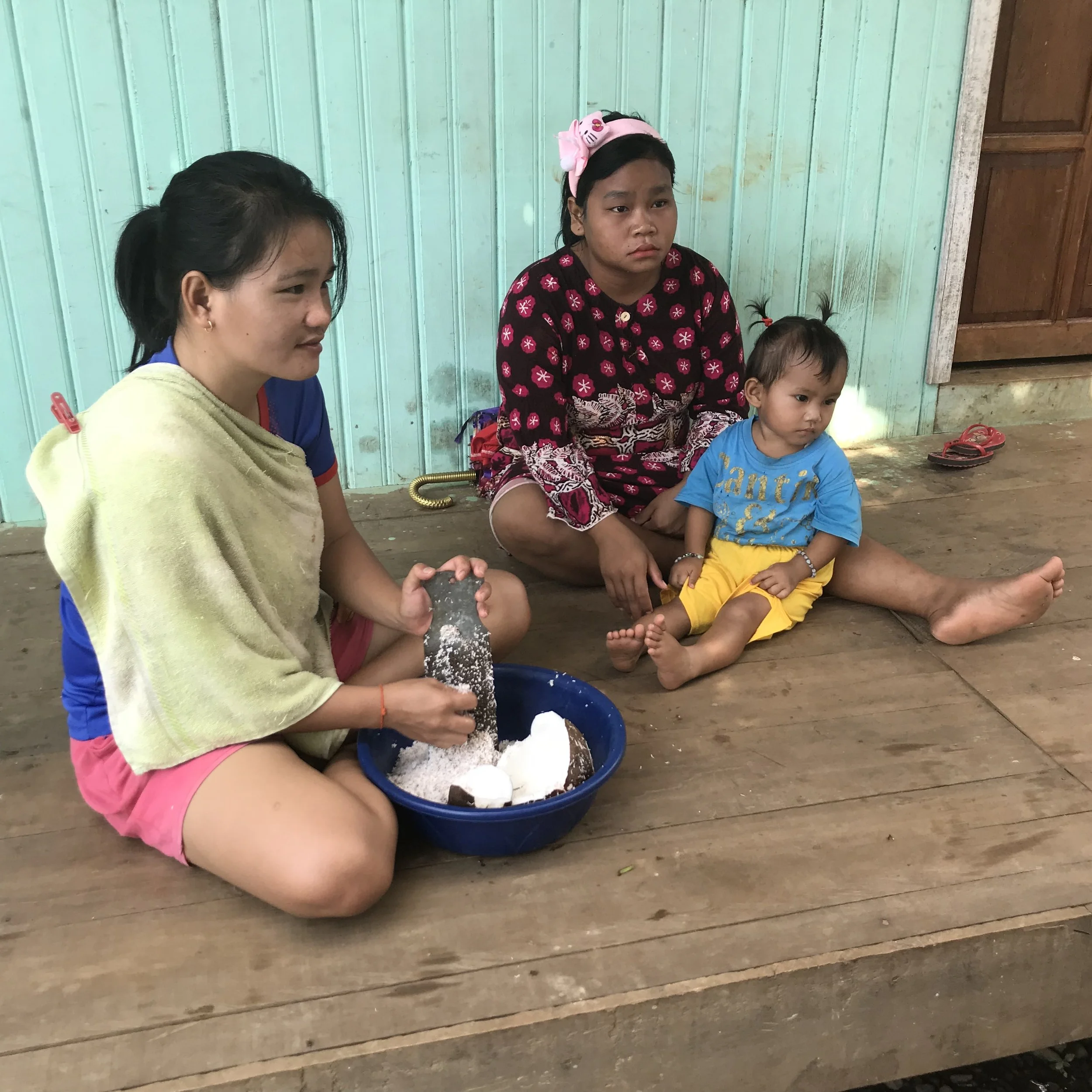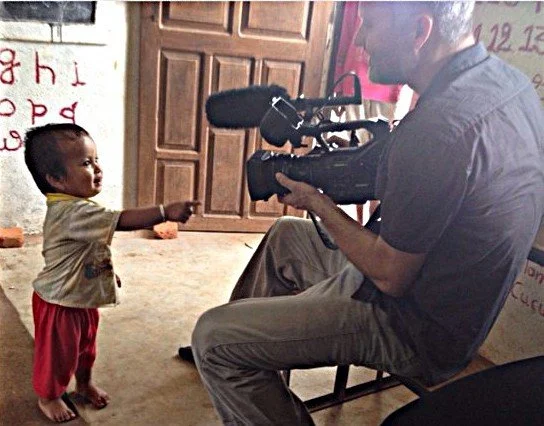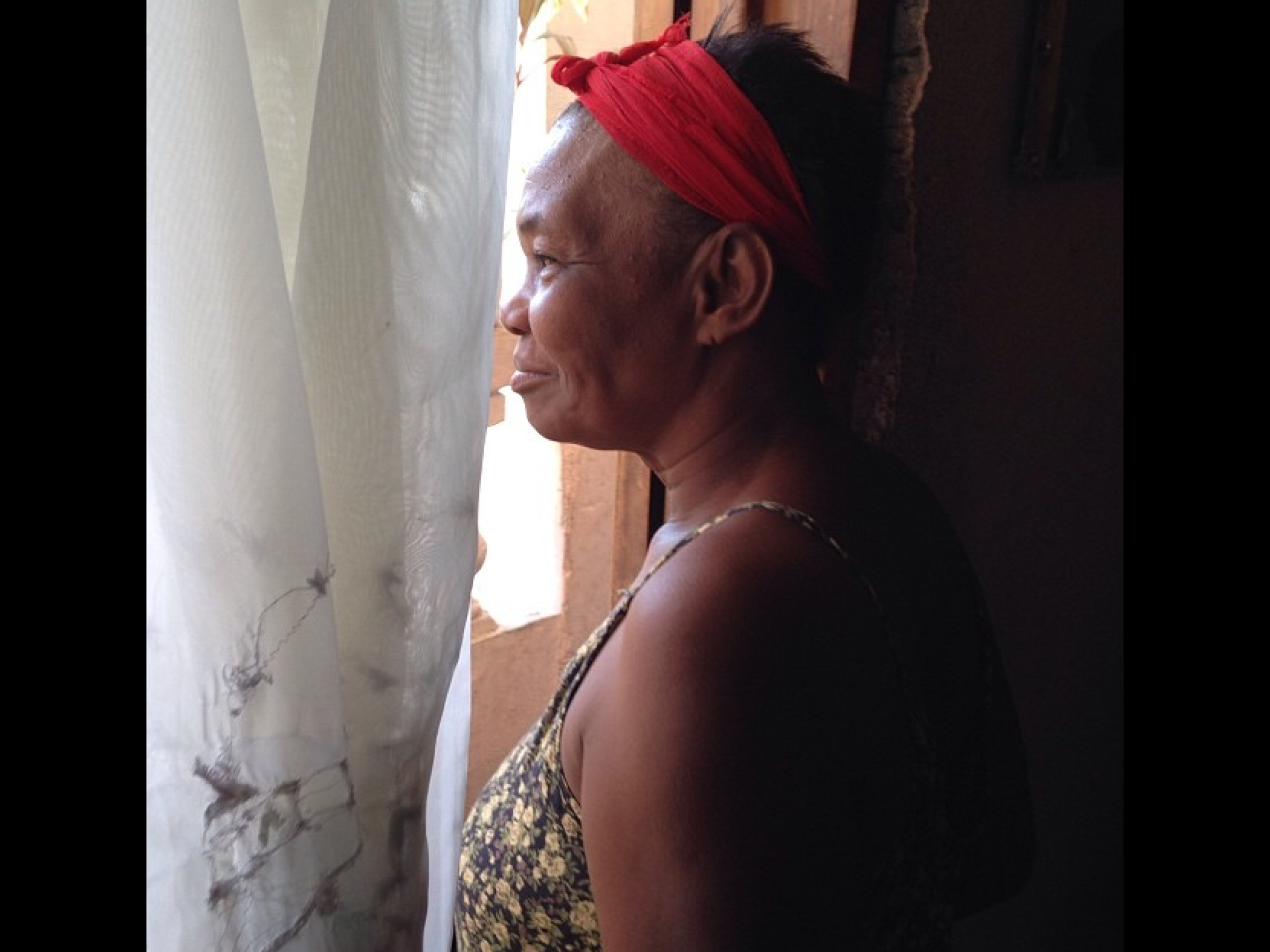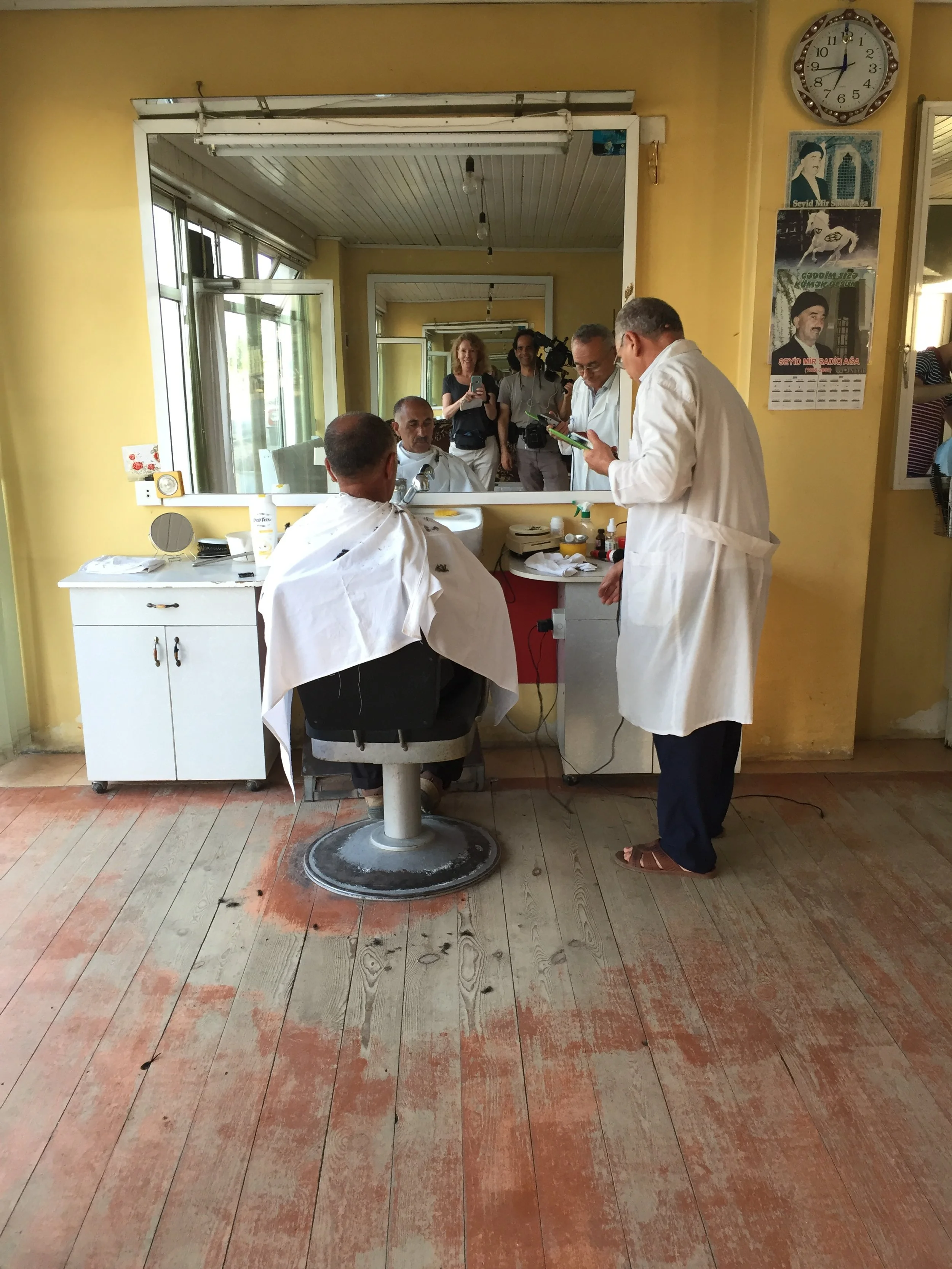Gayle Young
Gayle Young began her journalism career as a teenager working for her hometown paper The Westport News in Connecticut. She was the youngest of NASA’s Journalist-in-Space semifinalists; a science writing fellow at the Woods Hole Marine Biological Laboratory; and a staff reporter for the Jamaica Daily Gleaner in Kingston. She volunteered for an archeological dig in Jerusalem, and trekked across the Americas writing travel stories for The Washington Post.
As a CNN correspondent and bureau chief based in Cairo, New Delhi and Rome, Young won numerous awards for her reporting, including an Emmy for her coverage of the UN military intervention in Somalia and an Overseas Press Club Award for her expose on female genital mutilation in Egypt.
Back in the United States, Young developed documentaries for National Geographic Film & Television and won multiple CINE Golden Eagle Awards as a writer and producer. She later was head of multimedia production for the World Bank in Washington, DC., producing mini documentaries about empowering disenfranchised communities, climate change, and job creation.
Young is an amateur historian with a master’s degree from Georgetown University. Her thesis on the Syrian queen Zenobia has been cited in numerous publications.
Young is also the author of fictional works, mostly plays and poetry, under the name Avigayle Young. Her first full length play, im.pres.sion, was a finalist in five national competitions for best new play in 2024 and 2025. Her shorter plays have been produced in theaters throughout the United States. Young was also an artist-in-residence at the Byrdecliffe Guild in Woodstock, NY in 2024. She lives in Washington, DC.
Follow me:
‘Technicals’ in Somalia were jeeps or pickup trucks with a machine gun bolted to the frame. Gunmen carrying automatic weaponry rode shotgun. It was the only safe way for reporters to get around Mogadishu in the early 1990s. CNN won the Emmy for international reporting during the early days of the UN intervention to restore order in the dystopian country.
This photo is courtesy of Stefano Kotsonis
The author on one of the many US aircraft carriers CNN accessed while covering conflicts in the Mediterranean. The women’s quarters were often sandwiched between the nuclear power generator and the flight deck— right where the slingshot snapped fighter jets into the air, starting around dawn.
The legendary Mary Rogers edits a news package in the CNN Cairo bureau. When the author joined CNN in 1991 the crew used large UMatic video tapes, then switched to smaller analogue Betacam, then finally to digital Betacam by the end of the decade. Cameras were heavy and editing ponderous.
Author preparing to interview Egyptian President Hosni Mubarak at the Al-Ittihadiya Palace in Cairo. He absolutely loved CNN and gave the network many exclusives in the 1990s, waiting patiently for the crew to set up lights, microphones and cameras.
The author shooting a standup on the terrace of her apartment, which had a sweeping view of the Nile and the city of Cairo. It was an easy walk across the bridge behind her to the CNN bureau, which was next to the tall white building housing the Egyptian Ministry of Information.
The author travelled extensively with CNN and spent the better part of a year in South Asia filling in for the New Delhi bureau chief. Along with stories about Hindu nationalism, strife in Kashmir, and politics in Bangladesh and Sri Lanka, CNN covered stories about every day life — including the tale of an impoverished but brilliant magician who lived in a slum filled with other magicians.
The author and Christiane Amanpour at the International Conference on Population and Development (ICPD) in Cairo, answering calls and interview requests following the airing of her report on female circumcision. The backlash from the Egyptian government was intense, but the story became a catalyst for changing laws and attitudes about FGM in Egypt.
Jennifer Wiens at Dr. Ragab’s Pharaonic Village in Cairo, where actors recreated life from ancient Egypt. Jenny and the author met when they first moved to Cairo in 1990 and shared an apartment with a weasel that secretly lived under a massive television cabinet. Jenny went on to have her own career as a journalist in Egypt and Kenya.
The author in the Cairo bureau with the Emmy she received for her contribution to CNN’s coverage of the UN intervention in Somalia. It was the first and best of numerous awards, including an Overseas Press Club Award and an Exceptional Merit Media Award for her expose on female circumcision in Egypt.
The author’s daughter getting dressed in a Moscow orphanage before meeting her mom for the first time. The staff insisted that she had to wear shoes even though she hadn’t yet taken her first steps.
Iraq’s stash of Scud missiles stretch into the horizon in a remote secret weapon’s facility called Muthana. CNN had exclusive access to report on efforts to disarm these chemical weapons of mass destruction after the first Gulf War. Camerawoman Jane Evans films a UN expert who was assisting Iraqis in blowing up the warheads. Everyone, including the CNN crew, wore hazmat suits and gas masks.
Marine archeologists raise the bust of an ancient Egyptian statue recovered from ruins in the harbor of Alexandria. The author covered numerous stories about antiquities and new discoveries. Archeologists believe the underwater ruins may date from the time of Cleopatra, the purported ancestor of Syrian queen Zenobia.
The author monitors the transmission of news reports out of Sarajevo, switching between reporting on air as a correspondent and producing behind the scenes for other CNN reporters. Being a producer was tough - setting up interviews, transcribing tapes and ensuring everyone had food. But you didn’t have to worry about hair and makeup. She traded scrunchies with camerawoman Mary Rogers.
Filming the devastation in Durunka, an Egyptian village that was obliterated by a flood containing 5,000 tons of flaming diesel fuel. One of the greatest frustrations as a journalists is the inability to be of much help to victims, other than telling their stories.
The author’s living room, part of a small free-standing bungalow built on the rooftop of a seven-story apartment building. It came furnished with a remarkably uncomfortable U-shaped couch comprised of a brick and cement base topped by thin cushions. The rabbit ears on the small television were tuned to CNN, the first US network broadcast in Egypt.
Saddam Hussein was everywhere in Baghdad in the 1990s. The Iraqi leader’s face was plastered across the city and he was featured 24/7 on Iraqi television. Iraqi men adopted his hair and mustache as a strategy to stymie secret police and informers. The author spent months at a time living in the Al-Rasheed hotel.
In the early 1990s, almost the entire American press corps in Cairo were women. From left, Susan Sachs of Newsday (later of The New York Times); Kim Murphy of the Los Angeles Times (later of The New York Times); the author, CNN; Caryle Murphy of The Washington Post and Carol Morello of the Philadelphia Enquirer (later of The Washington Post). Carol Rosenberg of the Miami Herald (later of The New York Times) opted out of the picture but joined everyone for lunch.
Photo by Donna DeCesare
CNN producer and correspondent James Martone chatting with a shopkeeper in Cairo. His Arabic is so perfect that Egyptian security personnel could not believe he was an American of European descent. Also fluent in French and Italian, James went on to have a successful career with Arab news media in Washington DC.
The author primping at the Pyramids before shooting a standup. Violence, disasters, deserts, riots, and stubborn camels were often not as intimidating as stepping in front of a camera on a windy day
Shooting a standup in front of the Leaning Tower of Pisa, which was in the process of being shored up with cables and cement. The Rome bureau did a number of stories on Roman history and antiquities but CNN’s appetite for features was waning by the late 1990s.
CNN camerawoman Mary Rogers and the author depart Kinshasa after a 1997 rebellion in the African country then called Zaire. Airports were closed during the conflict, so the CNN crew had to cross the Congo River by boat to a neighboring country, the Republic of Congo. The author was likely somewhat hungover and stressed at the moment.
The street where the author lived in Zamalek, an island in the Nile within the city of Cairo. Many Westerners working in Egypt had apartments in the same neighborhood. There was little crime in the 1990s and most Egyptians were kind and welcoming. But sexual harassment was a constant nuisance.
Before digital transmission over the internet, CNN had to ‘feed’ edited analogue tapes to Atlanta via satellite. When crews travelled for a breaking news story, engineers would bring a truckload of anvil cases and piece together a satellite link on the rooftop of the hotel. Correspondents would do their live shots up there as well.
After camerawoman Margaret Moth was shot in the jaw in Sarajevo, CNN outfitted everyone with military-grade bullet proof vests and helmets, and purchased armored vehicles. The vests helped the author and cameraman Muhammad Assad (on left) cover internecine violence in the KwaZulu-Natal province of South Africa.
The author’s rarely-used kitchen - dinner at home was usually fried rice from the one-and-only Chinese restaurant, or sometimes bread and pastries from the local market. A housekeeper named Um Sanniya came twice a week to wipe down the desert sand and grit that accumulated on every surface.
An estimated record-breaking one million Nigerians gathered in a dusty plain outside of Abuja to attend an outdoor mass by Pope John Paul II. As CNN Rome bureau chief, the author travelled extensively with the pope in the late 1990s.
Most Islamic countries did not pressure Western women to cover their hair, but in Saudi Arabia the author was required to have an abaya and headscarf when she reported out of Riyadh. In general being female was not a significant barrier to reporters covering news in the Middle East.
CNN International Desk Editor Stephen Cassidy in front of the temple of Hatshepsut in Upper Egypt. Steve was responsible for dispatching CNN’s international correspondents across the globe, and ensuring their health and safety when things got rough. The author would not have thrived at CNN without him.
The author calling her mom on an exciting ‘new’ satellite phone, with its own tabletop panel to pick up a signal (if you could adjust it in the correct direction.) This was by the hotel pool after a presidential summit in Sharm El-Sheikh, on Egypt’s Red Sea coast.
The author and her daughter in Montepulciano. Born in Russia and raised in Italy by a Polish nanny and an American mother, she toggled between languages before settling on English.
Photos by Gayle Young
STORIES FROM THE WORLD BANK
Six-year-old Netsanet shows her mother her homework in the family’s small one-room dwelling in Ethiopia. She was not only learning to read and write in her native Amharic, but was tackling English as well.
Sivel’s purple and orange dress matches the colors of her home in a small Azerbaijani town. Although she lives below the poverty line, she surrounds herself with color, art, flowers, and beauty.
Thomas Leletur, with a fedora and cellphone, checks his cattle within Kenya’s Samburu National Reserve. The Samburu people were practicing ‘bunch herding,’ a strategy to prevent overgrazing in the national park, which they share with elephants, zebra, giraffes and other protected animals.
Villagers watch from a safe distance as young women tend to beehives in Morocco. A generation ago females in the community rarely left their homes. Now, they are starting small agro businesses to earn money and help their families aspire to a better life.
Women of the Lebbo tribe in a remote village in Borneo, where Christians and Muslims live together. Their solar-powered wifi and telecommunications were down the week the author was there, but the village was working together on ventures in sustainable logging and eco-tourism.
A small child checks out Steve’s camera in a Nepalese village. The author was doing a story on a program to promote pre-natal healthcare by deputizing local women to help pregnant women access nutritious food and healthcare.
Carlos holds a docile chicken on his family’s new farm in rural Indonesia. They are among thousands of families who have been allocated plots of land on a former state-owned palm plantation
Phoebe watches her oldest daughter Earline head to a school in Haiti that was teaching young women traditionally male trades, such as construction and mechanics. Earline was studying electrical engineering in hopes of earning a good salary in the future.
For 14 years barber Sexavet Memmedov had to make do with gritty well water or bottled water. A new treatment plant started pumping clean water in his city, leading to a surge of excited customers looking for a wash and shave. The author and filmmaker Pierre Kattar are reflected in the mirror.
Photos by Gayle Young



